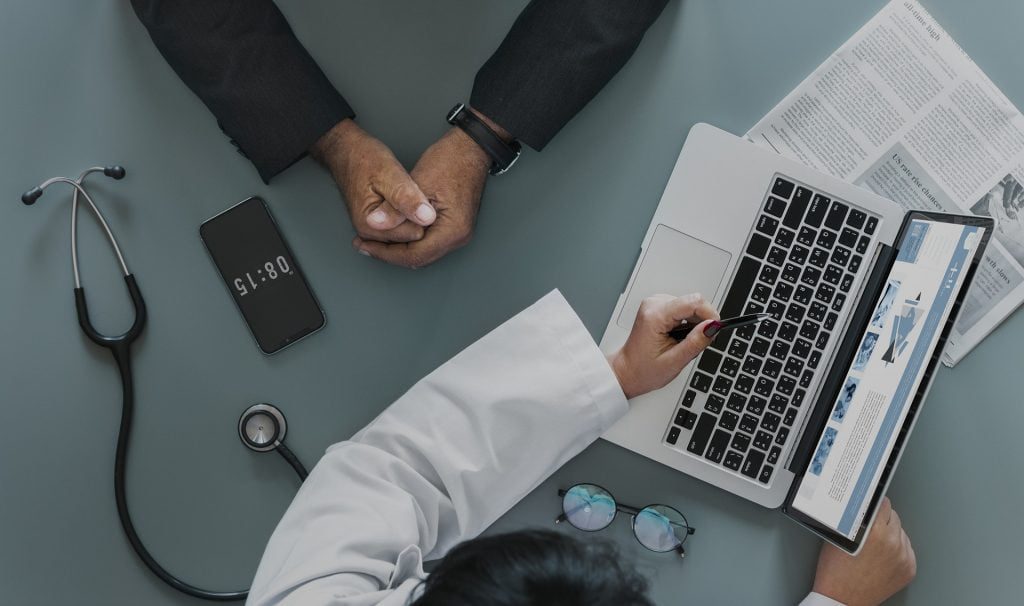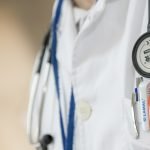
Chronic obstructive pulmonary disease (COPD) is a very common disease, yet many people don’t know that they have it, what it is, or how to treat it.
COPD refers to a group of diseases which can cause a number of breathing problems and airflow blockage. According to the CDC, this disease affects 16 million people¹. Bronchitis and emphysema are common examples of this disease.
Unfortunately, this number is likely much higher as many cases of COPD go undiagnosed.
Chronic obstructive pulmonary disease causes symptoms which can be uncomfortable, cause a number of health complications, and can even be fatal.
As such, it’s important to know what COPD is, how it can be treated, and how it can affect you.
What Causes COPD?
This illness can be caused by a number of common factors.
According to the CDC, smoking tobacco is a key factor in the development of COPD. Moreover, this illness can be caused by genetics, exposure to air pollutants, and respiratory infections².
Detecting this disease early can be very helpful in managing your symptoms and slowing its progression.
Without detection and treatment, COPD can progress quickly and become much worse.
COPD Symptoms
Chronic obstructive pulmonary disease is often undetected due to its symptoms being similar to symptoms caused by minor illnesses.
Common symptoms include:
- Coughing or wheezing
- Trouble taking deep breaths
- Shortness of breath
- Excessive mucus or phlegm
These symptoms are often ignored as they are common issues related to minor illnesses like colds. Often, more serious symptoms don’t become apparent until the disease progresses.
According to the CDC², people with COPD are more likely to:
- Be unable to work
- Have activity limitations
- Have other chronic diseases
- Need special equipment
- Have mental or emotional conditions
Due to these effects, it’s important to detect COPD early and find effective treatment options.
How to Treat COPD
Early detection and treatment of COPD can greatly alleviate your symptoms and slow the progression of the disease.
Above all else, it is important to meet with your physician after being diagnosed with this illness to discuss possible treatments.
Some treatments that your doctor may suggest include:
- Quit smoking
- Use supplemental oxygen
- Take medications
- Pulmonary rehabilitation
- Avoid air pollutants and tobacco smoke
- Use vaccines and antibiotics to avoid respiratory infections
Every person is different, so your treatment may or may not include these strategies.
However, by talking to your physician and thoroughly evaluating your symptoms, you can likely find the right treatment to help you live comfortably in spite of your symptoms.
Find Treatments
As mentioned above, the number one most important thing you can do is consult with your doctor.
Your primary physician will be able to diagnose you, understand your symptoms, and explain possible treatment options.
If you have symptoms of COPD, it’s important to visit your doctor as soon as possible. By detecting the disease early, you can start treating it before symptoms become severe.
You can start understanding potential treatments by performing a quick search online to find out what your options are. It’s important to know what treatments are available, how they work, and how they can affect you.





